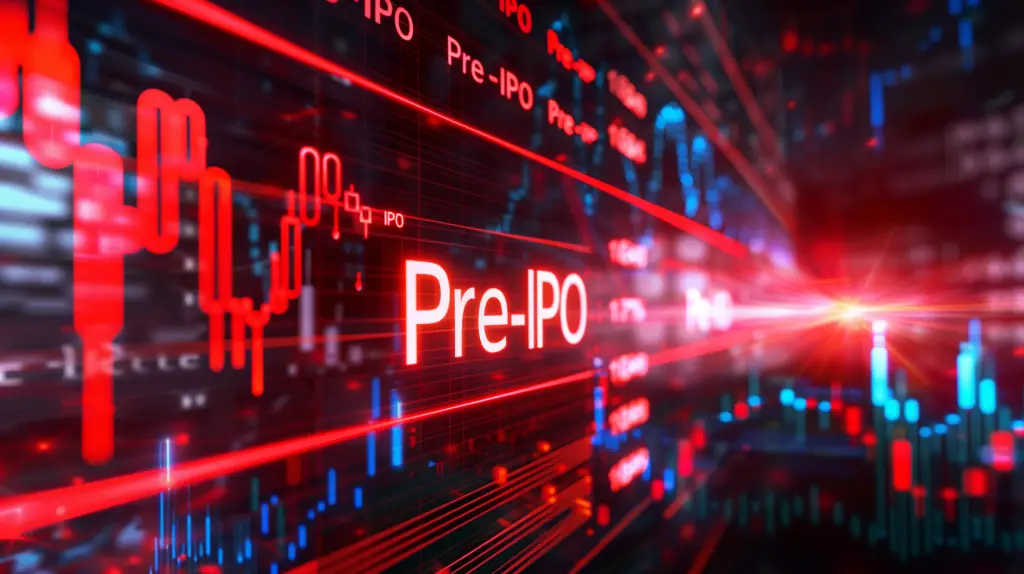Modern financial markets offer a multitude of opportunities. One of the most flexible tools is the OTC market. Transactions take place outside centralized exchanges, allowing for freedom in setting conditions and carrying additional risks. The OTC market involves trading stocks, bonds, and derivatives among participants. In this article, we will examine the basic principles and risks of the over-the-counter market.
OTC Market: What It Is, Its Features, Opportunities, and Risks
The modern financial world offers investors many opportunities to deploy capital. In addition to classic exchange instruments, there is another significant segment – the OTC market. It provides participants with flexibility in making agreements but is accompanied by certain risks.

The OTC market is a mechanism for trading stocks, bonds, and derivatives with fewer restrictions. Transactions are concluded based on individual agreements, creating new opportunities and increasing the risk of non-performance of obligations.
Today, the OTC market is an important part of the financial system. It helps hedge risks, find non-standard investment instruments, and work with unique assets. To invest in this segment, it is important to understand its principles, advantages, and possible risks.
Off-Exchange Trading: A World Without Boundaries and Limitations
The OTC market is the most flexible and at the same time opaque structure. Transactions are made directly between parties, bypassing centralized exchanges. This structure creates conditions for individual agreements, influencing liquidity and price formation. Its main difference from the exchange market is the absence of a regulator determining the settlement procedure. All transaction terms depend solely on the agreement of the parties. The main participants are institutional investors, funds, corporations, and private traders.
In the OTC market, transactions are usually made with derivatives, forward contracts, currencies, and illiquid assets. Among the key assets are stocks, bonds, commodity futures, and cryptocurrencies. Transactions can be concluded privately and through specialized brokerage platforms.
OTC Trading Platforms: Where Deals Are Made Without Extra Noise
The off-exchange market is a space where transactions are concluded without standard exchange mechanisms. Unlike centralized exchanges, deals in the OTC market are made directly between participants. This provides more freedom in defining conditions and reduces dependence on regulators. However, the lack of control requires careful selection of a partner and a thorough risk assessment.
How OTC Trading Platforms Work
Direct deal markets differ in that there is no single organizer dictating the rules of the game. Instead, transactions are based on individual agreements. This is especially important for large participants who critically need to conduct operations without a sharp impact on the market.
The most popular platforms offer a wide range of financial instruments. They include: stocks, bonds, derivative instruments, and currency transactions. Such platforms can operate under different models:
- dealer platforms – transactions are concluded through market makers who provide quotes and liquidity;
- electronic trading systems – automated platforms where orders are matched without broker involvement;
- closed pool systems – used for confidential transactions among a limited circle of investors.
Key Off-Exchange Trading Platforms
Among the largest direct deal trading platforms are:
- Tradeweb – one of the leading global platforms for trading bonds and derivative instruments. It serves institutional investors, providing access to the global debt market.
- MarketAxess – an electronic system for trading corporate bonds and other fixed-income instruments. It allows participants to interact directly with each other without intermediaries.
- Bloomberg Terminal – a universal platform providing access to quotes and analytical data on off-exchange transactions.
- Major investment banks (Goldman Sachs, Morgan Stanley, JP Morgan) – offer clients conditions for off-exchange trading. They use internal trading divisions.
Each platform has its own features and the ability to work with assets not available on exchanges. The OTC market provides flexibility, requiring careful analysis. Trading here is not limited by exchange market standards. It is important to know which platforms allow trading outside of regular quotes. Unlike traditional markets, OTC trading platforms do not have a single organizer.
Advantages of the Off-Exchange Market
The financial market is divided into exchange and off-exchange segments. But the off-exchange market is a unique space that allows participants to trade under special conditions. The flexibility of transactions allows agreements to be concluded based on bilateral agreements, eliminating the need to comply with standard exchange listing rules.
The main advantage of the OTC market is access to assets not available on traditional exchanges, such as shares of private companies and bonds. Low costs make the off-exchange market attractive to investors.
Large funds and financial institutions use the off-exchange market to purchase large assets, avoiding significant price fluctuations. The flexibility of transactions allows contracts to be concluded with non-standard conditions.
Disadvantages of the OTC Market
Despite its attractiveness, the market carries high risks due to the low transparency of transactions, creating a threat of fraud and price manipulation.
The risks of the OTC market are associated with the fact that counterparties can use insider information without the control of supervisory authorities. The liquidity of some assets is significantly lower than on exchange markets, making it difficult to sell them when needed.
Another key aspect is the lack of mandatory transaction reporting, complicating the objective assessment of asset values. Investors must independently analyze risks, relying on the quality of the issuer and the terms of agreements.
Who Comes to the OTC Market and Why
Among the participants in the off-exchange market, three main categories can be distinguished:

- Institutional investors and hedge funds seeking high-yield instruments.
- Companies raising capital without the need to list shares on the exchange.
- Banks using off-exchange market trading for conducting confidential operations.
The main motive for entering the off-exchange market is the absence of strict restrictions on regulatory requirements. This makes the OTC market attractive to entities seeking to avoid public reporting procedures and listing.
Conclusion
By analyzing the specifics of operation, it can be stated that the OTC market is a full-fledged financial ecosystem with unique opportunities. The flexibility of transactions and low fees make it attractive to investors. It is important to consider the risks of the off-exchange market, associated with low transparency and liquidity. Novice investors are advised to study the market’s features before entering off-exchange trading platforms.
 en
en  ru
ru  de
de  ar
ar  es
es  nl
nl  hi
hi  fr
fr  it
it  pt
pt  el
el 



